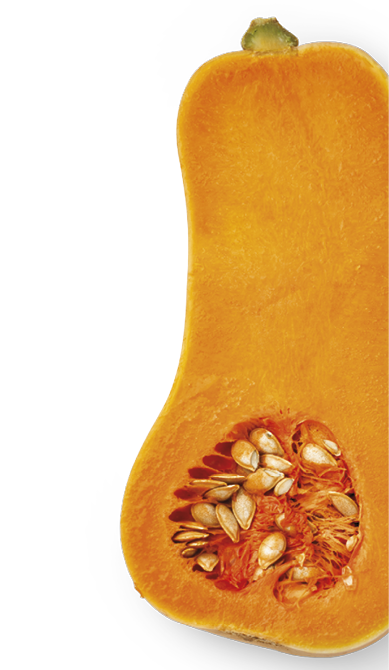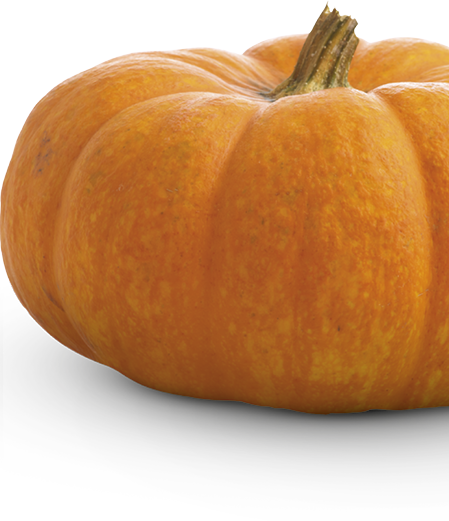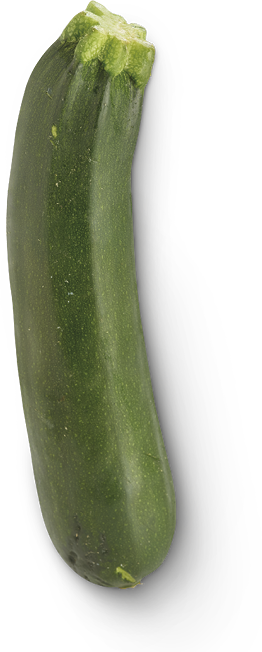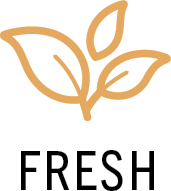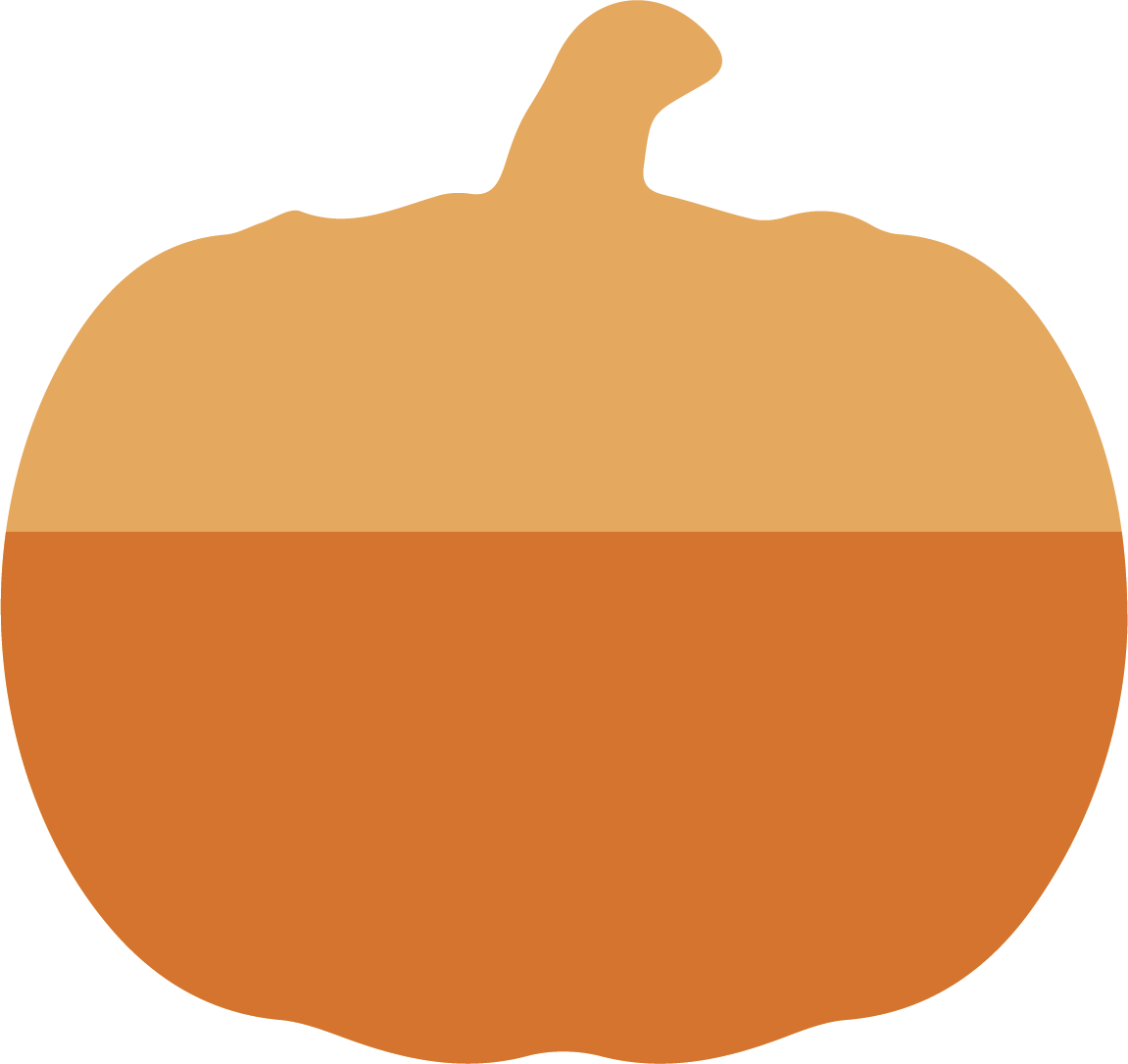-SUPERGROUP-
SQUASHES
These brightly coloured vegetables are especially rich in carotenoids, which have been linked to keeping the eyes healthy as well as protecting against heart disease and some cancers. All varieties of squashes contain vitamin C and fibre, but the amount and types of carotenoids vary according to colour.
Enjoy year-round longevity benefits from these commonly eaten squashes. The colours (orange/winter and green/summer) signify different benefits.
Butternut squash
- is the best natural plant source of cancer-fighting beta-cryptoxanthin
- is one of the richest sources of vitamin C in the squash family.
Pumpkin
- is an excellent source of beta-carotene, a powerful antioxidant that the body uses to make vitamin A
- seeds contain mood-boosting tryptophan.
Courgettes
- are the best providers of zeaxanthin and lutein, essential for good eye health
- provide a good amount of immune-boosting vitamin C.
Eat squashes three times a week.
Buy winter squashes with a dull skin and summer squashes with a glossy skin.
Keep winter squashes in a cool place, and summer squashes in the fridge.
Cook winter squashes. Either eat the skin, peel close to the skin, or bake then scrape out – the skin and flesh near it is richest in carotenoids. Eat all parts of summer squashes raw or cooked.
Heart help
Squashes are rich in a number of carotenoids, with butternut squash a particularly good source of beta-cryptoxanthin. Studies have linked good intakes of carotenoids to healthier hearts and a reduced risk of cardiovascular disease and heart attacks. A large part of this protective factor is likely to be due to their powerful antioxidant effect.
 33%
33%
less chance of having an acute heart attack for those with the highest versus the lowest blood levels of beta-cryptoxanthin in one study.
Good for lung health
Squashes are full of antioxidant nutrients, including vitamin C and carotenoids, as well as vitamin E in pumpkin and butternut squash. These antioxidants help to protect against the damaging effects of oxidative stress in our airways from airborne pollution and irritants, and numerous studies support the link between antioxidants and good lung health.
Boosts immunity
Beta-carotene in squashes is converted into vitamin A in the body, and this nutrient is vital for a strong immune system. It works its immune power in many and varied ways, being important for healthy skin, eyes, respiratory, gastrointestinal and genitourinary tracts, all of which act as barriers against infections.
Cancer protection
Good intakes of carotenoids, such as beta-carotene and beta-cryptoxanthin, from food are linked to a lower risk of a number of cancers, including those of the lungs, mouth, pharynx, and larynx. A review of studies found those with the highest intakes of carotenoids had a 21 per cent lower risk of developing lung cancer, than those with the lowest.
 57%
57%
less risk of developing cancer of the larynx for people with the highest intakes of beta-carotene.
Eye friendly
Squashes benefit our eyes in many ways – whether it’s the retina, cornea, or lens (see below and also here). Those with orange skins and flesh are packed with alpha-carotene, beta-carotene, and betacryptoxanthin, all of which can be converted into vision-friendly vitamin A, and then transformed into the light-sensitive pigment rhodopsin. Green-skinned squash, such as courgettes, are rich in lutein and zeaxanthin, which protect against age-related macular degeneration and cataracts.
